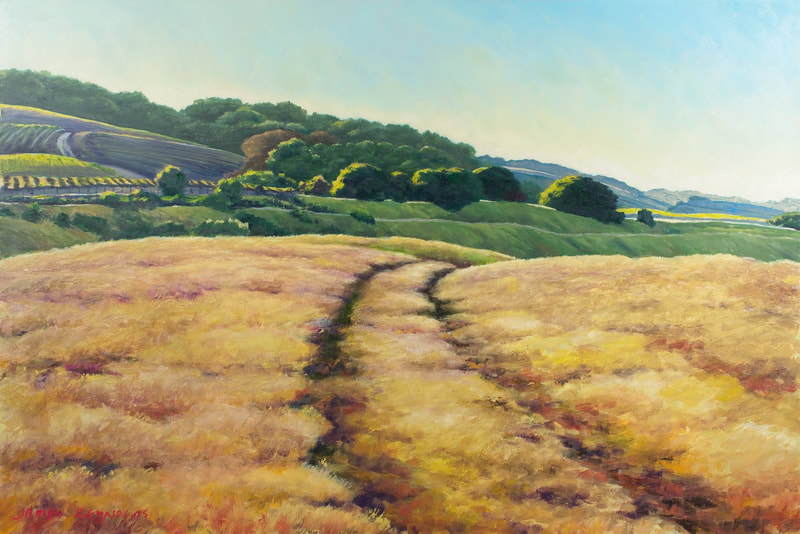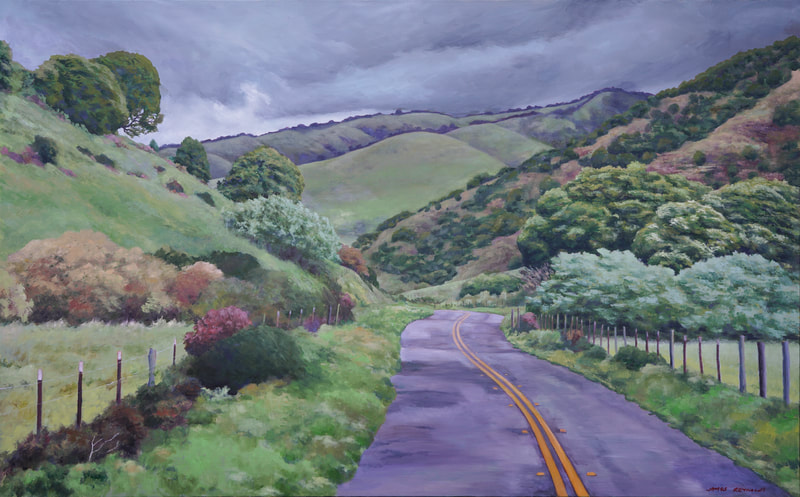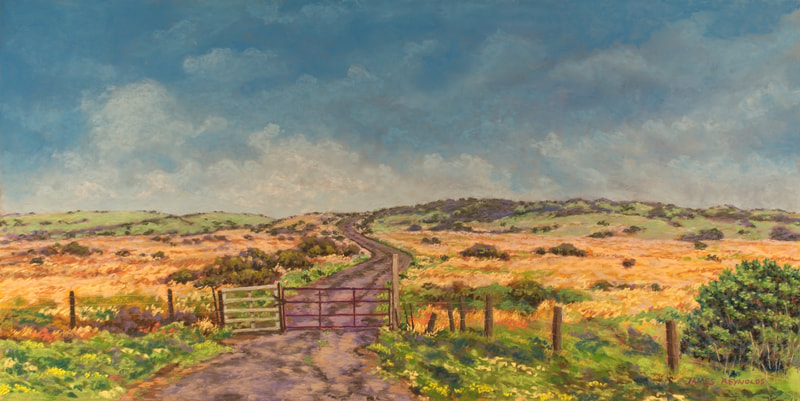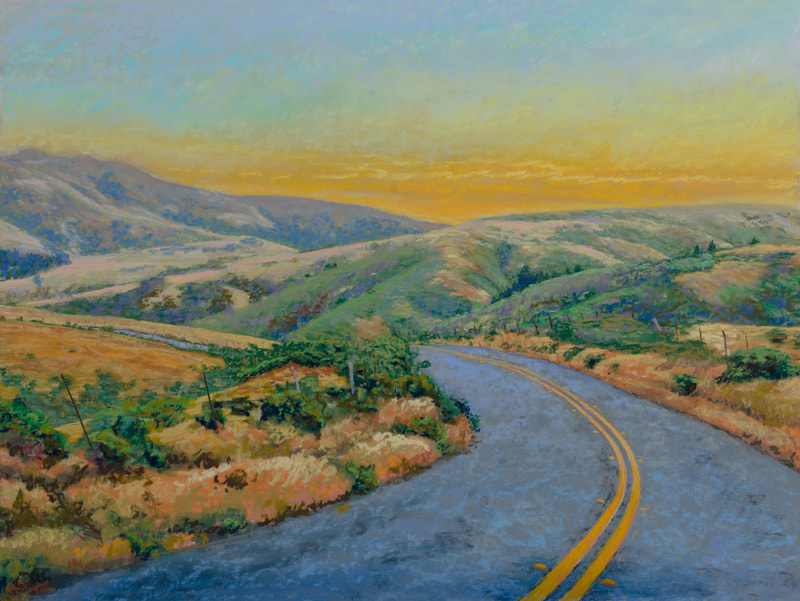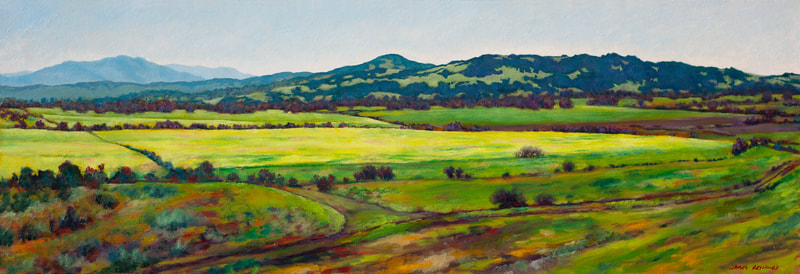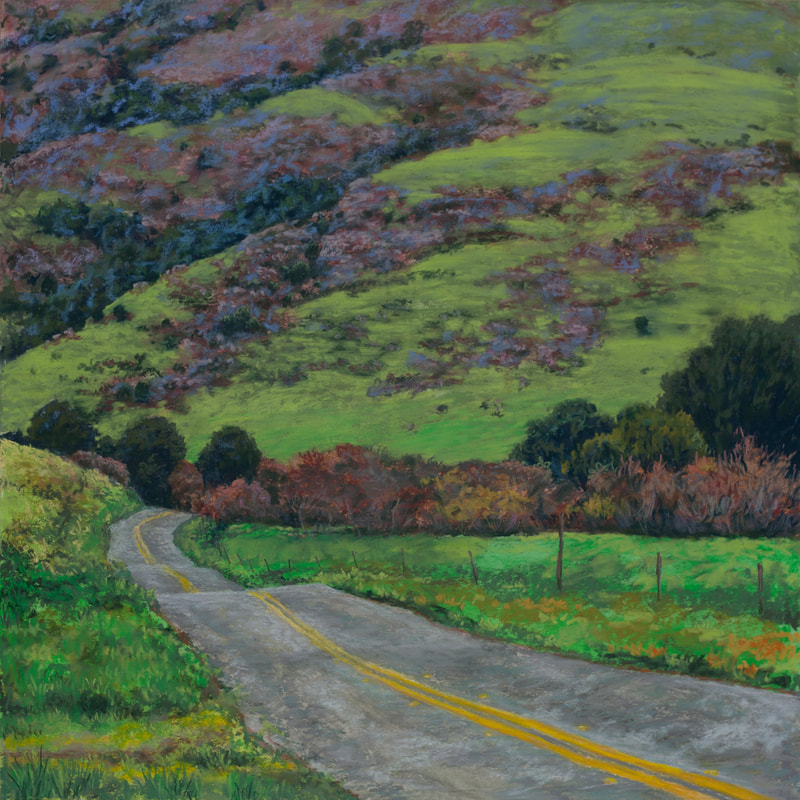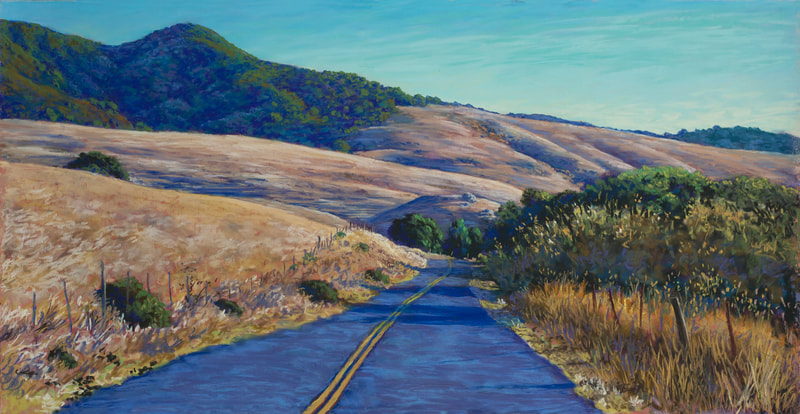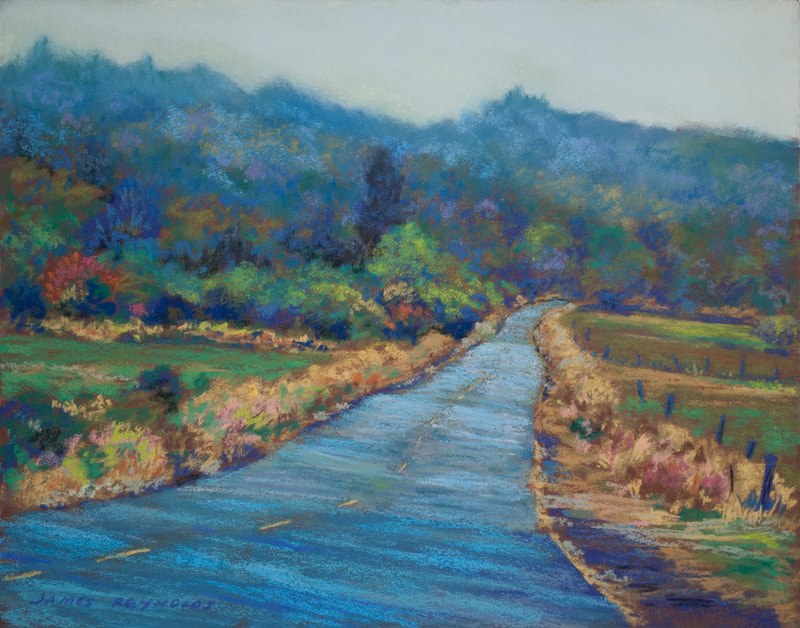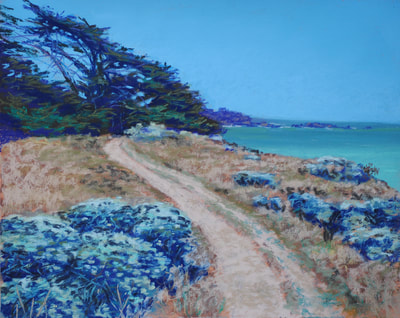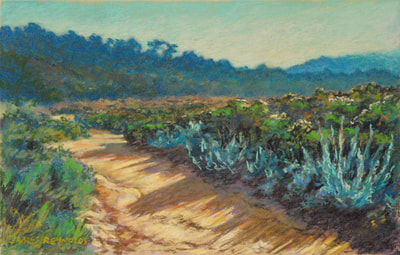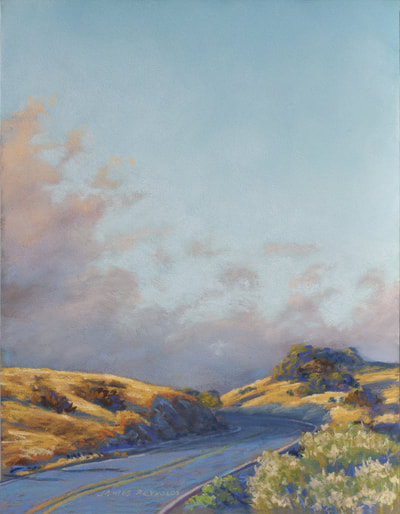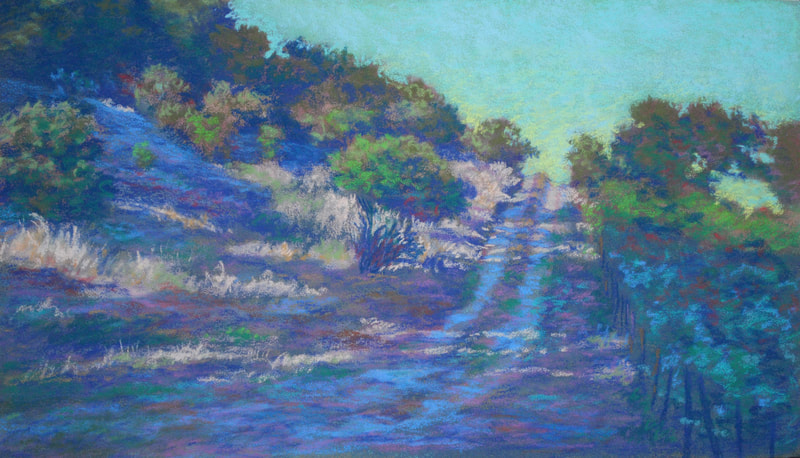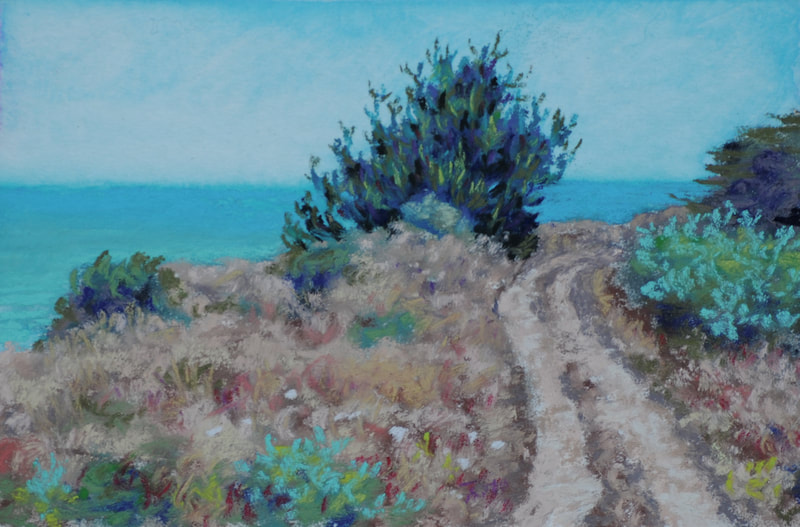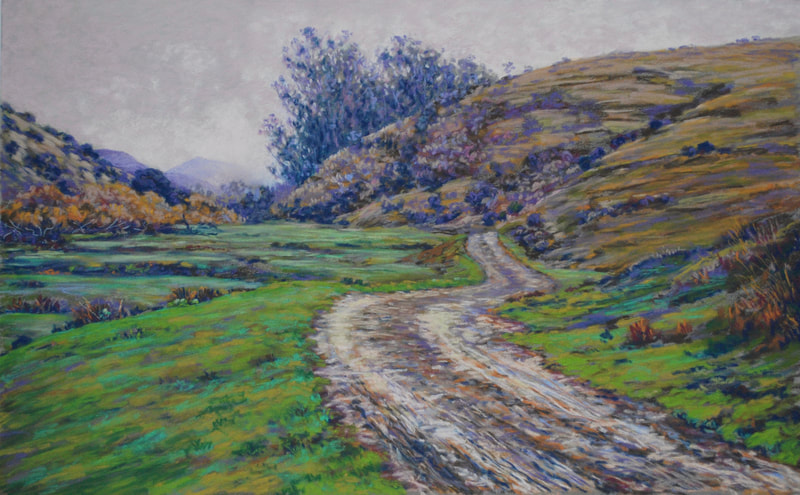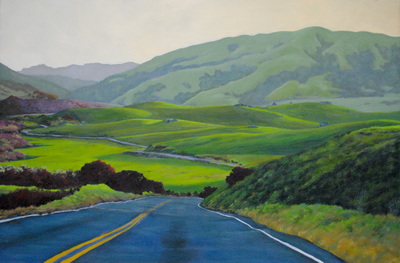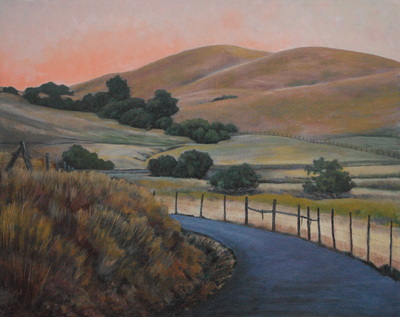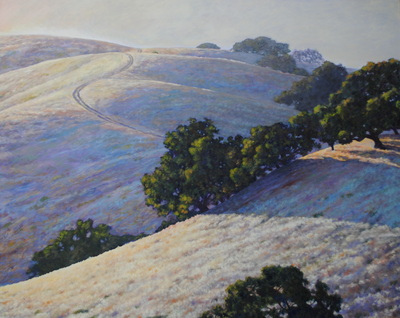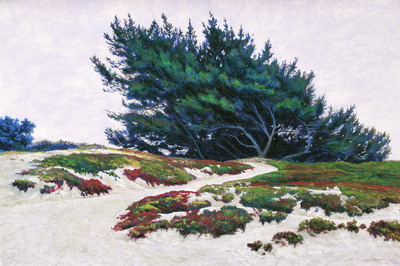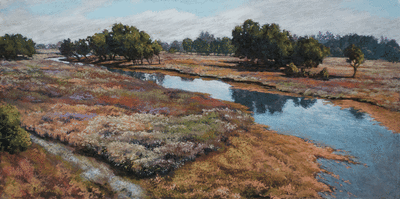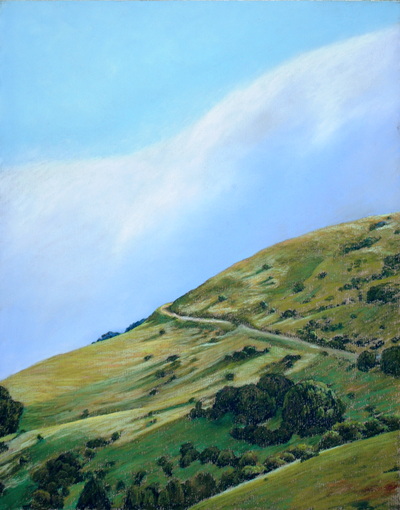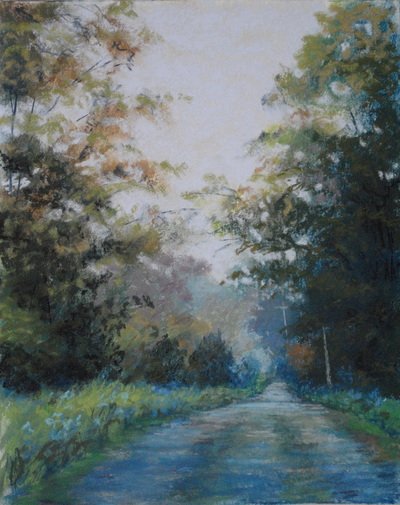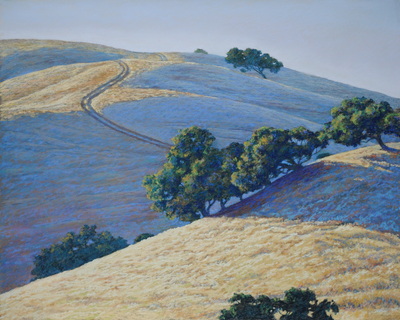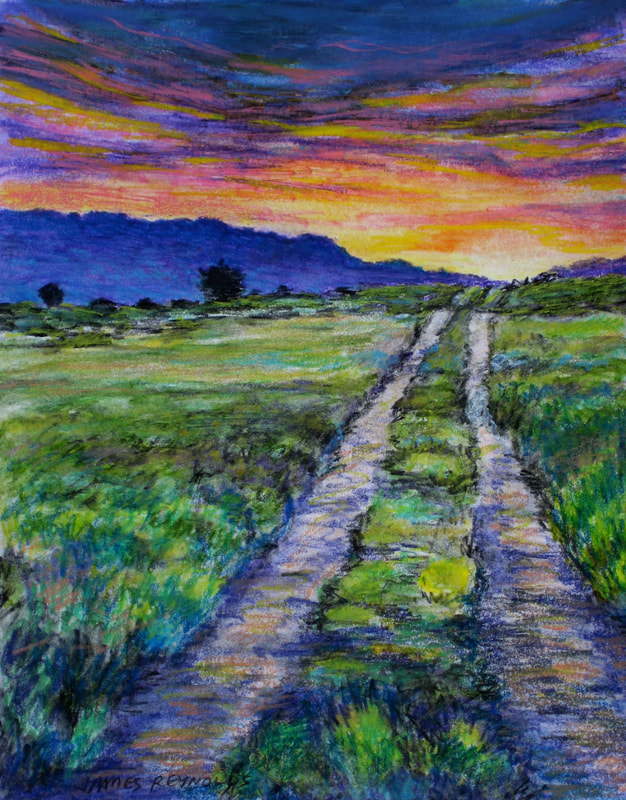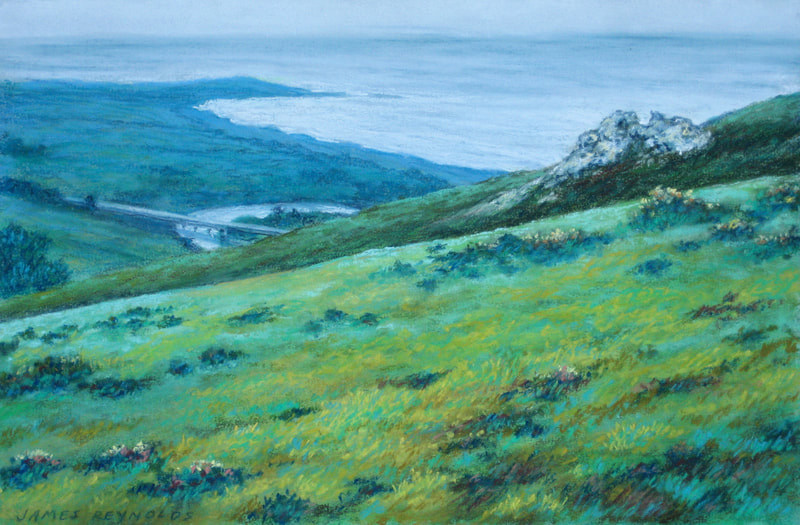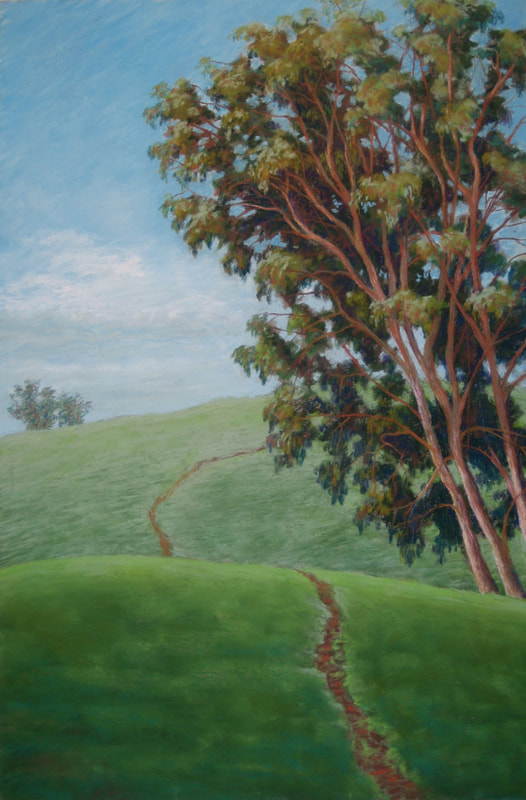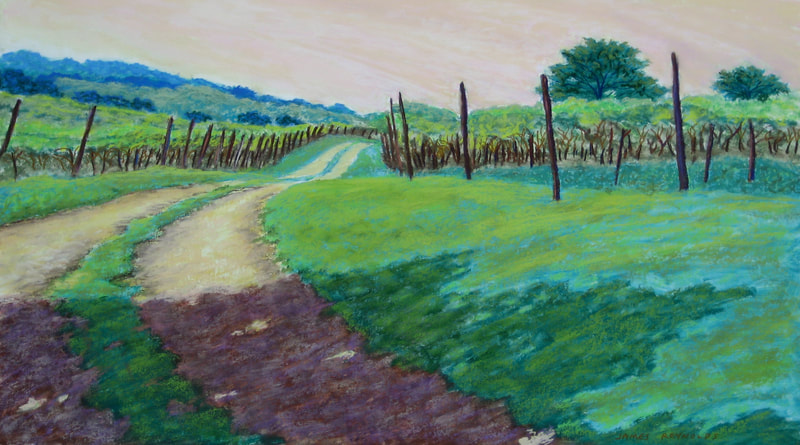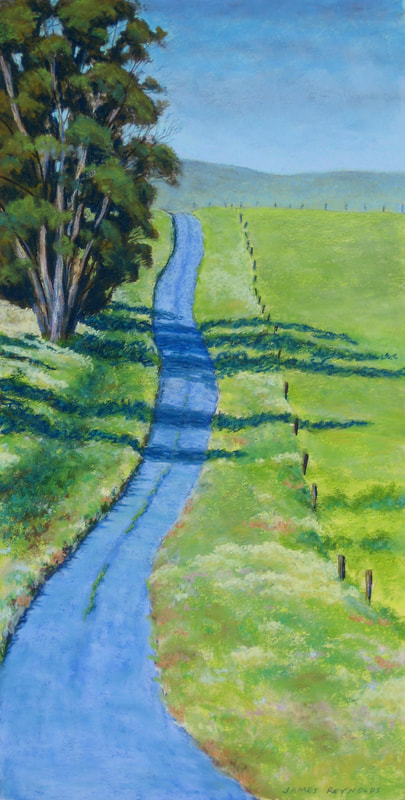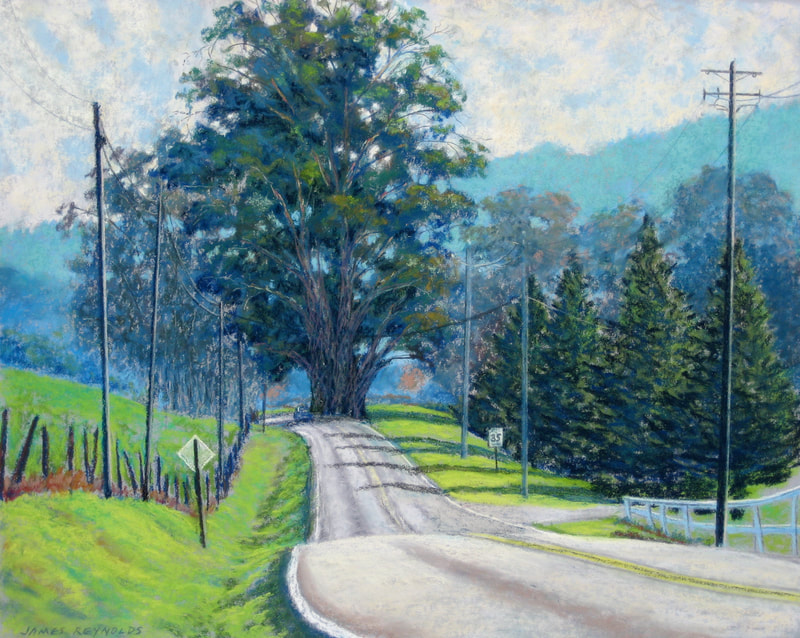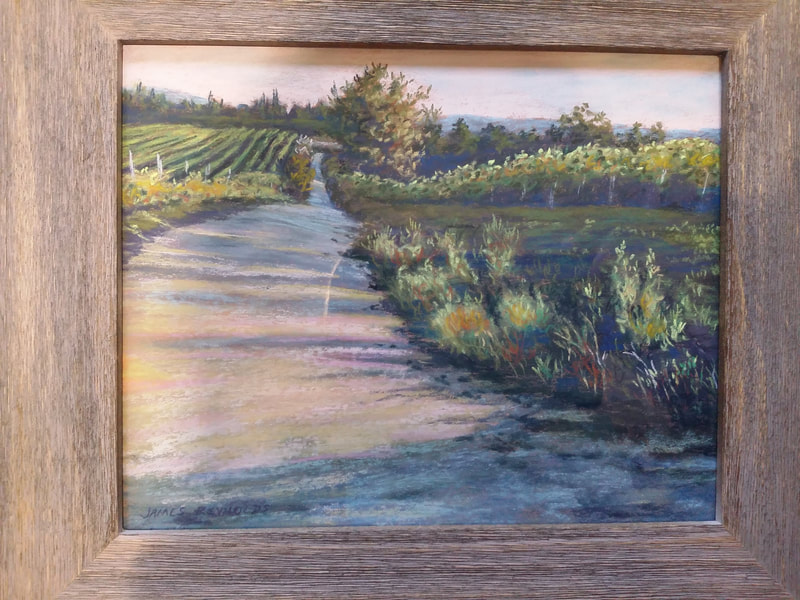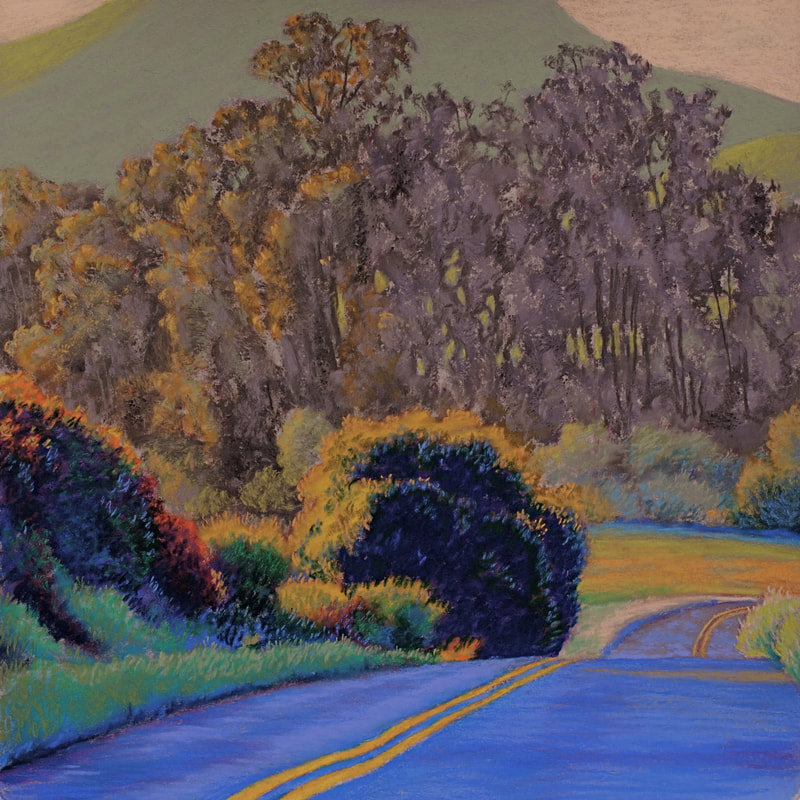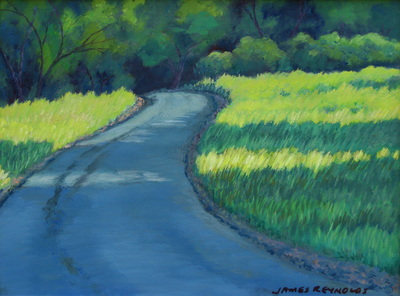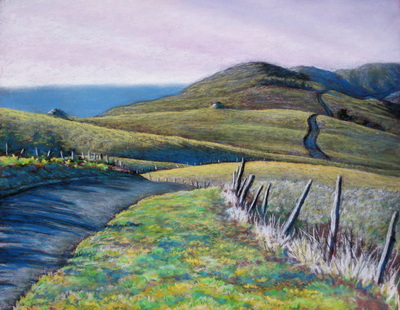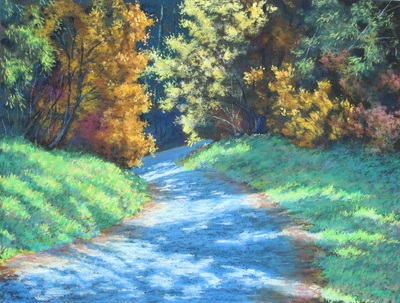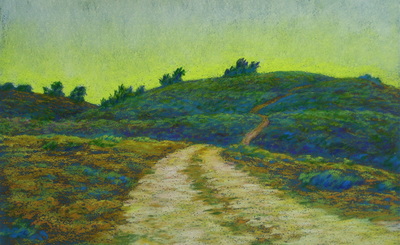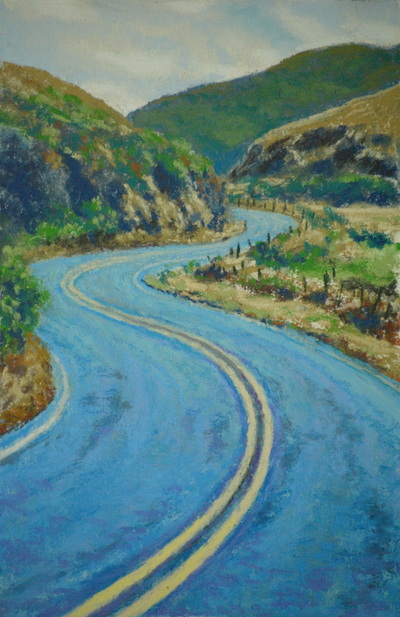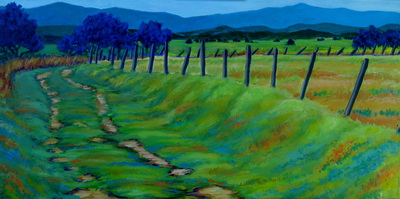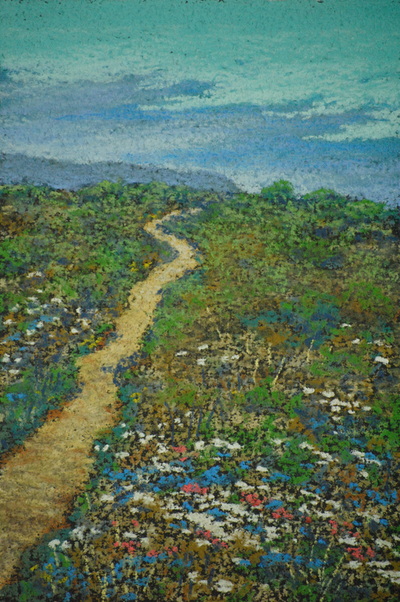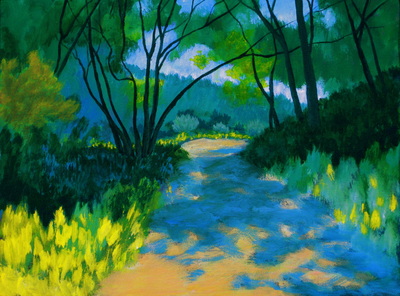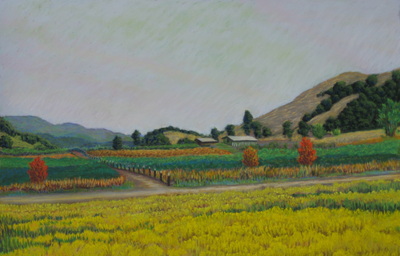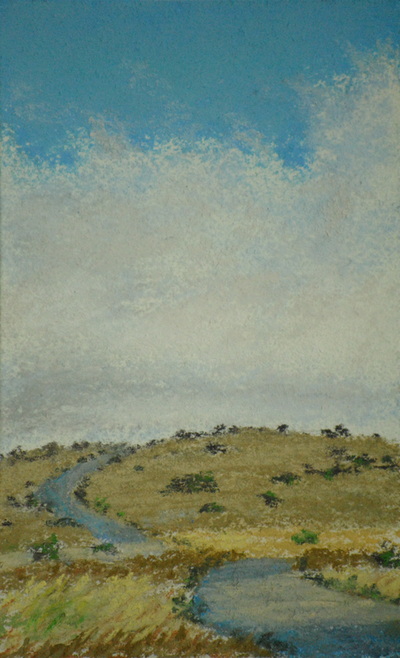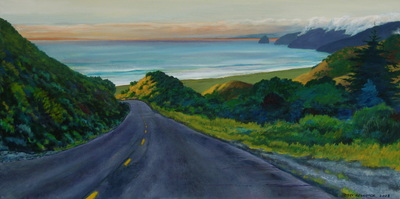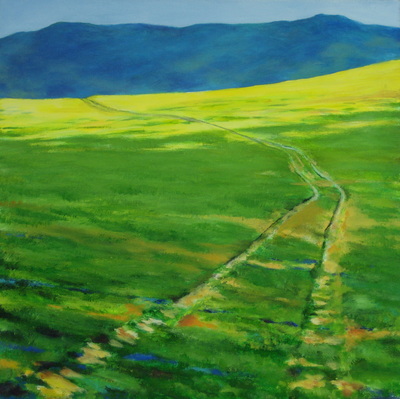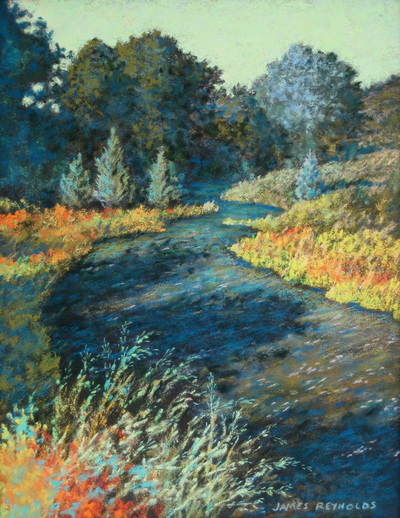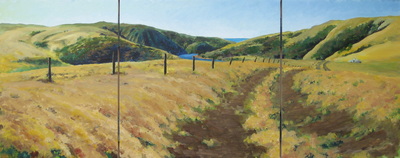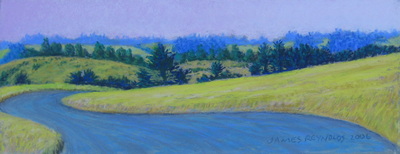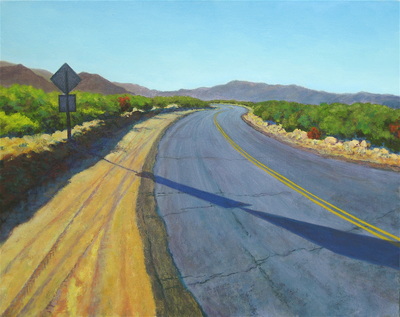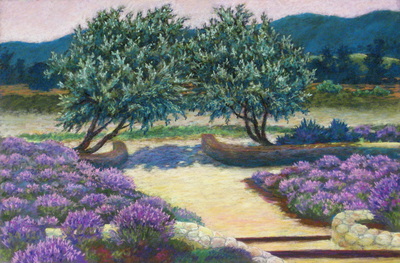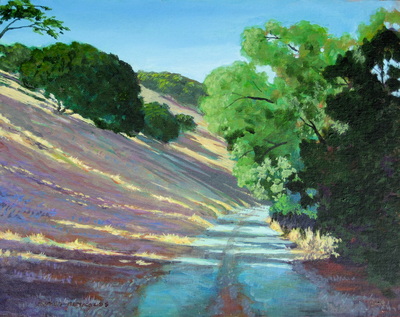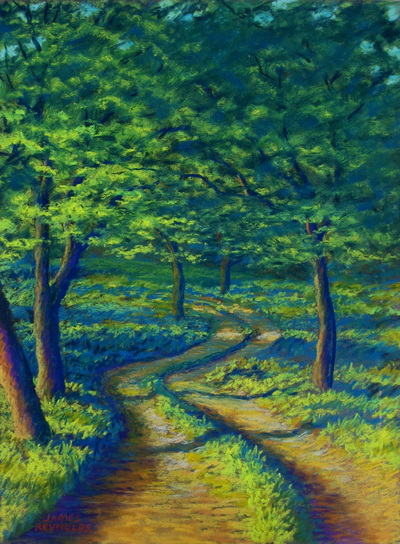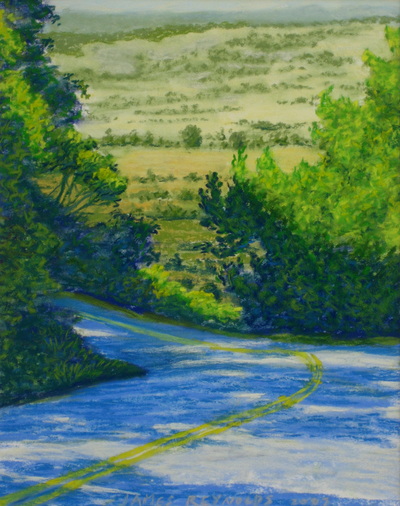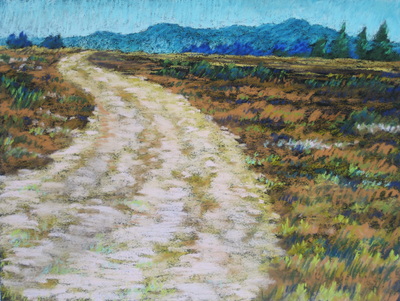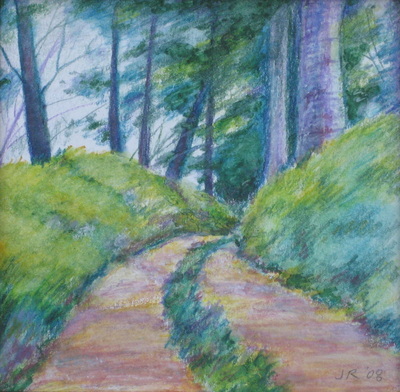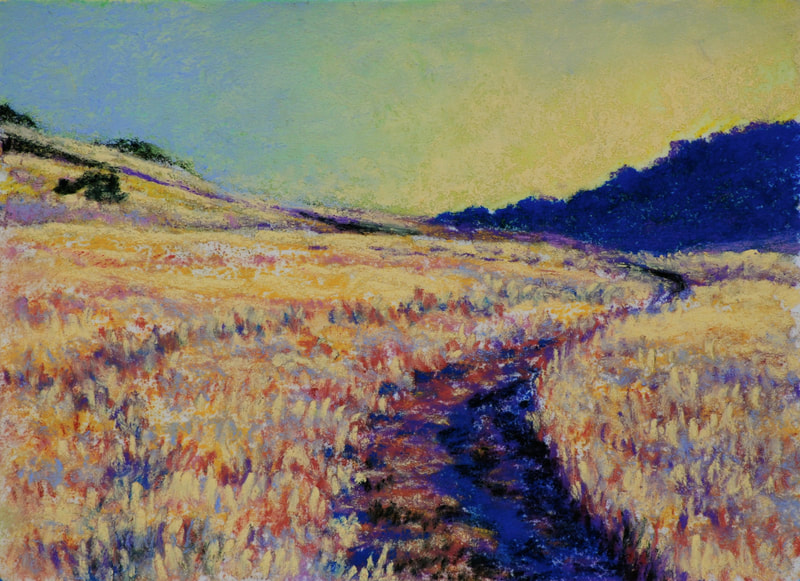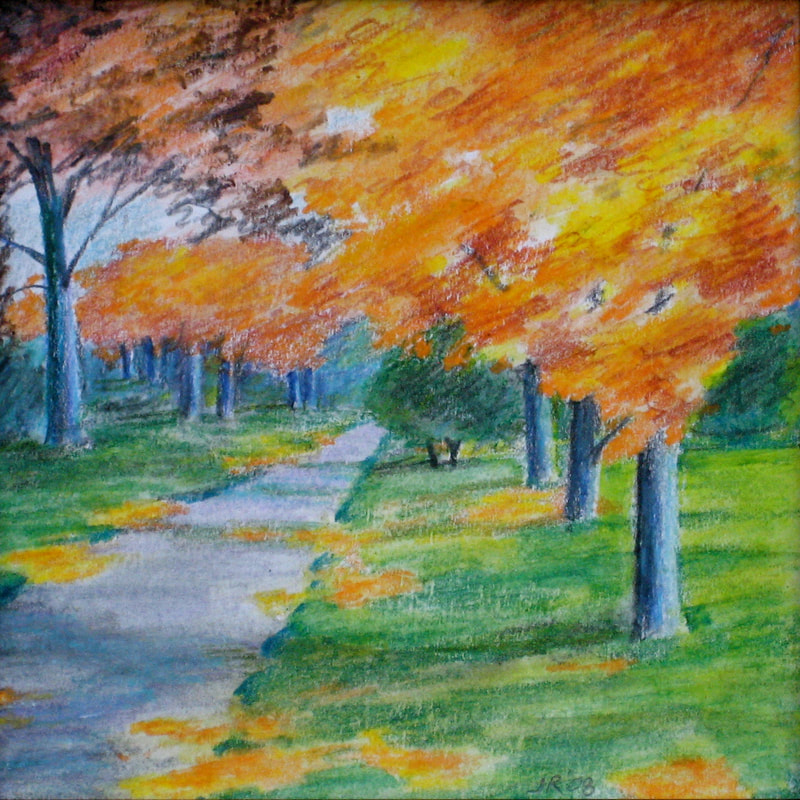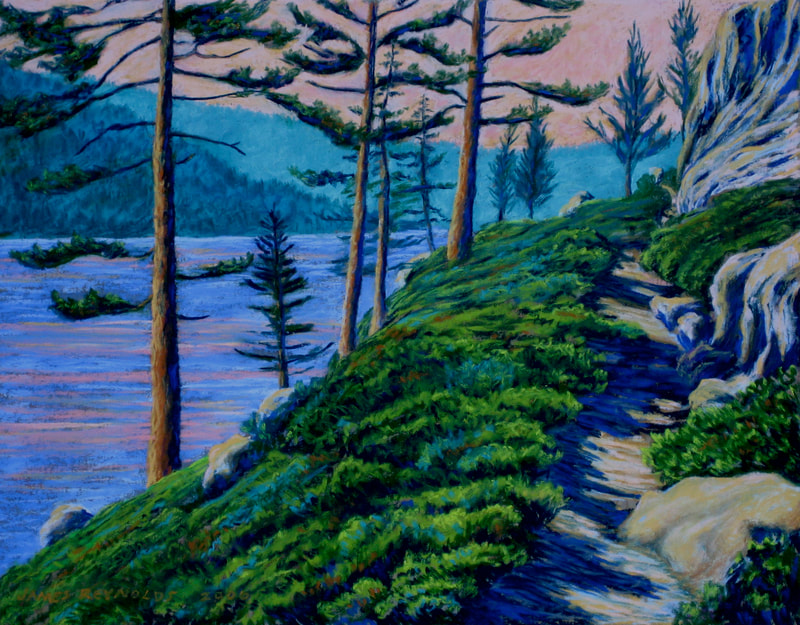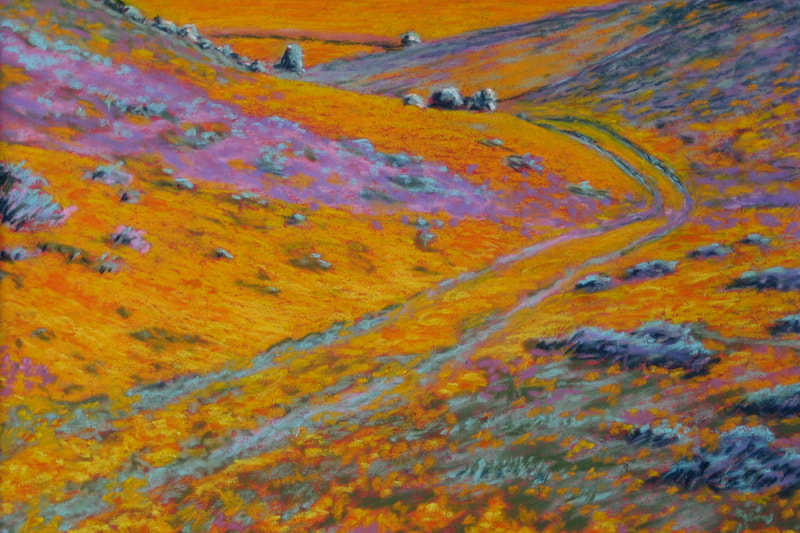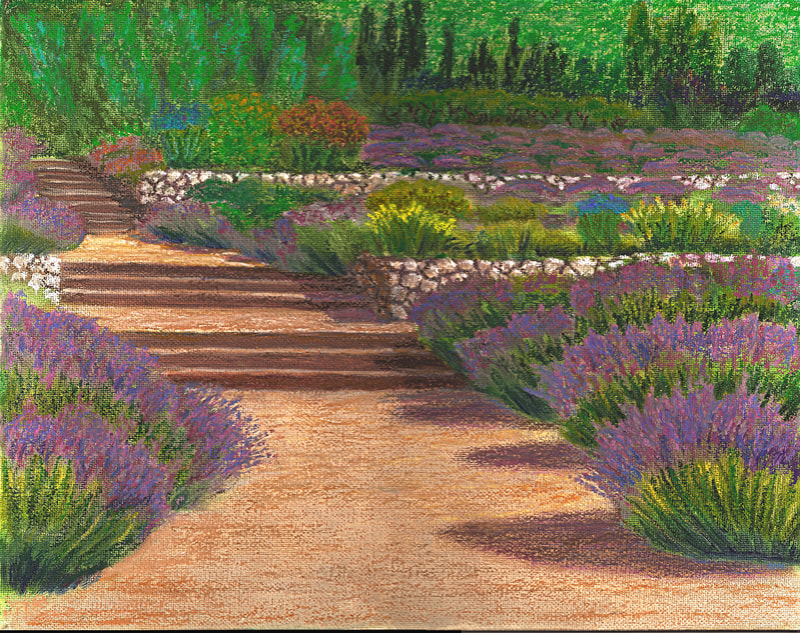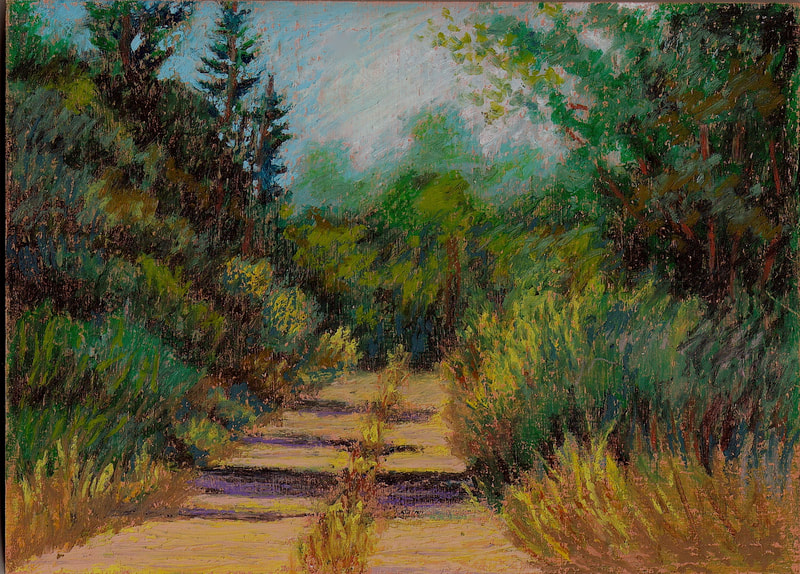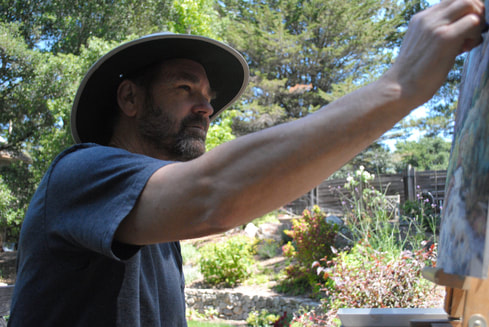
Roads and pathways have held symbolic power throughout human history, transcending their utilitarian purpose and embodying many layers of meaning. Often seen as a metaphor for life's journey, roads offer a rich vein of meaning for the artist to draw from. They signify adventure, exploration, and the unknown, beckoning travelers to embark on new quests and discover uncharted territories.
In literature, roads and paths are commonly used as powerful symbols for personal growth and transformation. For example, in Robert Frost's famous poem "The Road Not Taken," the speaker contemplates the choices in life as represented by two diverging roads, that the path chosen defines our destiny. Similarly, the Yellow Brick Road in L. Frank Baum's "The Wizard of Oz" becomes a symbol of the journey of self-discovery and the search for identity. The “road trip” is a staple of countless films from Hollywood.
Moreover, in religious and spiritual contexts, roads and paths often take on profound symbolism. In Christianity, "The Way" is a term used to refer to the path of faith and salvation, often physicalized in the tradition of thousands of pilgrims trekking across Europe. Traveling to Mecca is the ultimate expression of faith in Islam. In Buddhism, the Noble Eightfold Path represents the way to enlightenment. These spiritual paths guide adherents toward a higher purpose and a more profound understanding of existence. The act of walking these paths is seen as a transformative journey of the soul.
In art and visual culture, roads and paths can evoke a sense of longing, mystery, and nostalgia. Paintings and photographs often use these motifs to create a sense of depth, drawing the viewer's gaze into the distance. This visual symbolism encourages contemplation and invites viewers to ponder the journey ahead or past experiences. Whether depicted as a narrow mountain trail or a sprawling highway, roads and paths in art carry the power to convey a wide range of emotions and ideas, making them a timeless symbol in the human imagination.
The symbolic power of roads and paths is both pervasive and timeless. They represent the journey of life, personal growth, and the pursuit of spiritual enlightenment. These symbols transcend cultures and artistic mediums, serving as a universal language that communicates the human experience of adventure, exploration, and the search for meaning in the world. Roads and paths invite us to reflect on our own life journeys, to explore the profound mysteries of existence.
Note: Many of these images may be ordered as giclee prints on paper, stretched canvas or wood panels.
In literature, roads and paths are commonly used as powerful symbols for personal growth and transformation. For example, in Robert Frost's famous poem "The Road Not Taken," the speaker contemplates the choices in life as represented by two diverging roads, that the path chosen defines our destiny. Similarly, the Yellow Brick Road in L. Frank Baum's "The Wizard of Oz" becomes a symbol of the journey of self-discovery and the search for identity. The “road trip” is a staple of countless films from Hollywood.
Moreover, in religious and spiritual contexts, roads and paths often take on profound symbolism. In Christianity, "The Way" is a term used to refer to the path of faith and salvation, often physicalized in the tradition of thousands of pilgrims trekking across Europe. Traveling to Mecca is the ultimate expression of faith in Islam. In Buddhism, the Noble Eightfold Path represents the way to enlightenment. These spiritual paths guide adherents toward a higher purpose and a more profound understanding of existence. The act of walking these paths is seen as a transformative journey of the soul.
In art and visual culture, roads and paths can evoke a sense of longing, mystery, and nostalgia. Paintings and photographs often use these motifs to create a sense of depth, drawing the viewer's gaze into the distance. This visual symbolism encourages contemplation and invites viewers to ponder the journey ahead or past experiences. Whether depicted as a narrow mountain trail or a sprawling highway, roads and paths in art carry the power to convey a wide range of emotions and ideas, making them a timeless symbol in the human imagination.
The symbolic power of roads and paths is both pervasive and timeless. They represent the journey of life, personal growth, and the pursuit of spiritual enlightenment. These symbols transcend cultures and artistic mediums, serving as a universal language that communicates the human experience of adventure, exploration, and the search for meaning in the world. Roads and paths invite us to reflect on our own life journeys, to explore the profound mysteries of existence.
Note: Many of these images may be ordered as giclee prints on paper, stretched canvas or wood panels.

